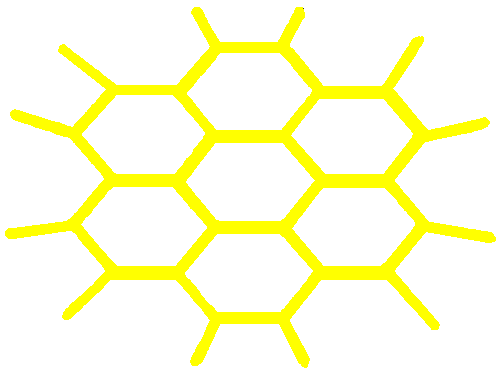|
Suspected Reasons For Losses in 2010:
Our first thought was, "What did we do wrong?" We thought that
perhaps it was the screened
bottom boards.
However, talking with other beekeepers who also experienced similar
issues to what we were seeing, but did not use screened bottom boards,
caused us to re-evaluate our diagnosis. We also saw a lot of dysentry
and hives that starved full of pollen instead of feed. We think
this was caused by the wierd weather the fall before. September
was summer; the bees were working at full blast. The weather turned
cold on a dime in October. They seemed to have no time to prepare
their winter bees. They did not take feed. We think the dysentry
was caused by a diet with too much pollen and not enough honey.
We were offered several explanations for our losses.
The obvious one was that we let our Varroa get out of control given
our experimental yards. That was the cause of major losses in 2 of
those experimental yards. However, the other 2 yards had some of
the best survival rates of the year. It was also suggested that it
was Nosema. However, we saved samples and tested them for Nosema. The
samples ranged from none to very few so we have ruled that out as well.
One of the yards had slightly higher levels of tracheal mites so
that may have been problematic for that particular yard.
Given the losses, we decided to give up the experimental yards
for now. We treated all of our hives for Varroa mites. However,
we had hives that were strong and doing well and hives that did nothing.
They seemed to just sit in a state of weakness. We knocked those
weak hives down into 5 frame nucs, and then as soon as we had queen cells
or queens available, we replaced their queens.
In the end, there were multiple
factors that probably combined to cause the losses, but we have come
to the conclusion that the biggest factor was the wierd weather. What was clear was that the
hives that both survived that winter and then survived the subsequent cull
of queens in the summer should be good stock to breed from.
|
|
